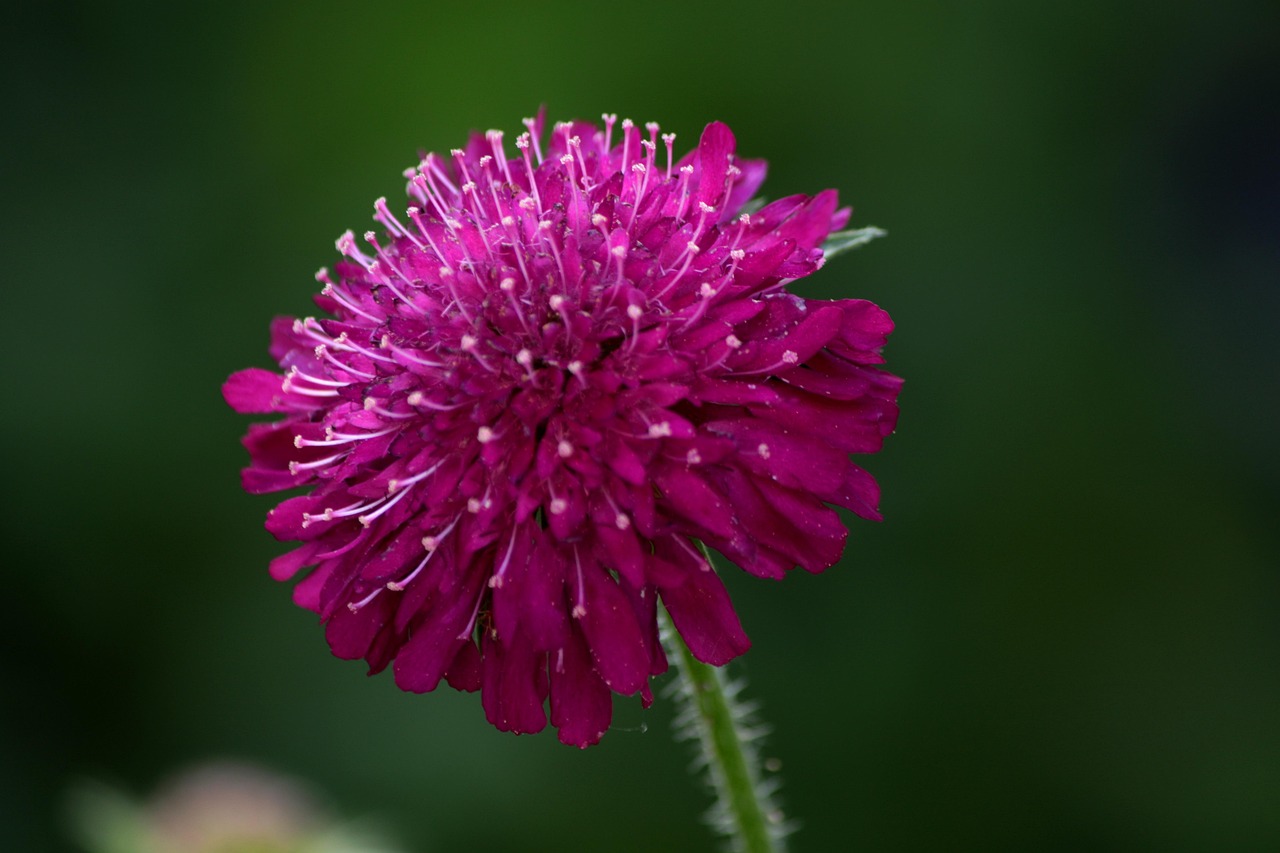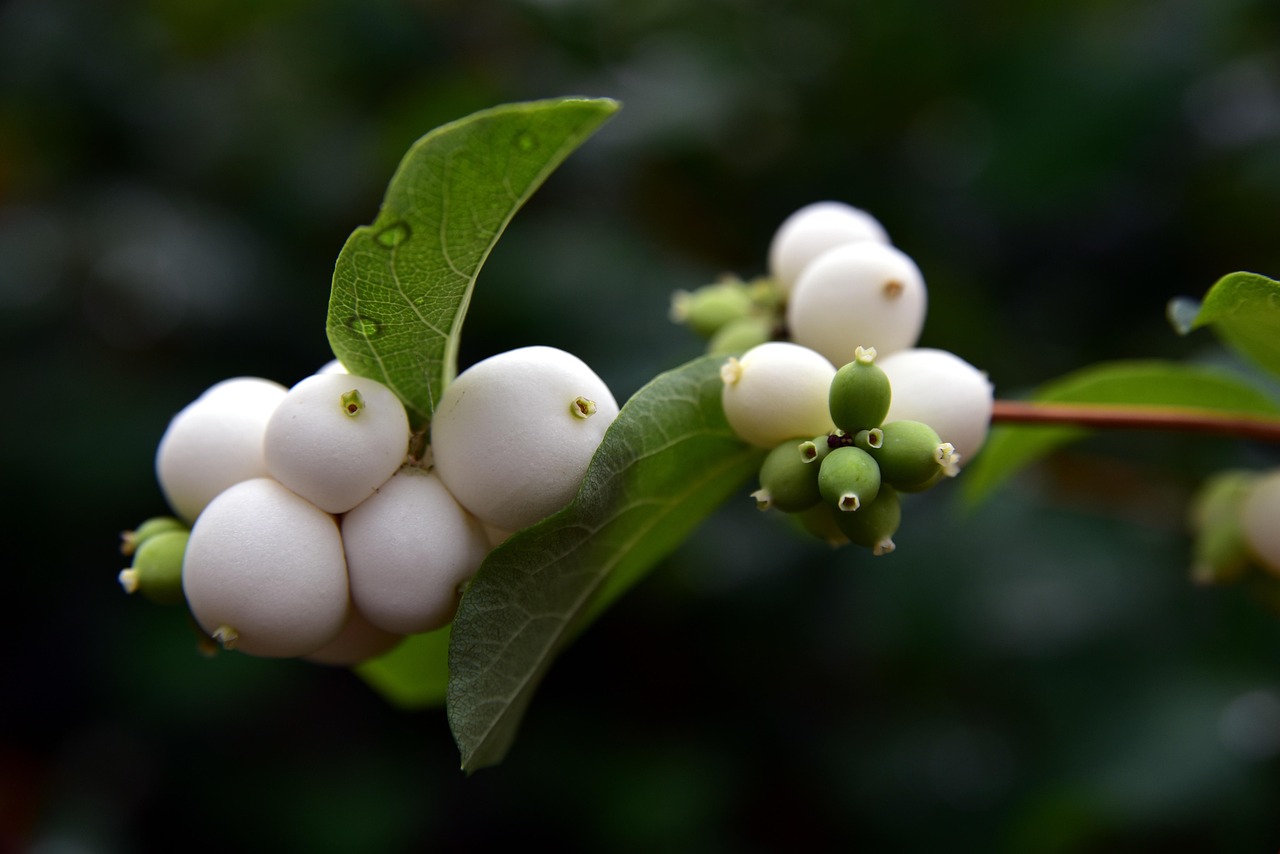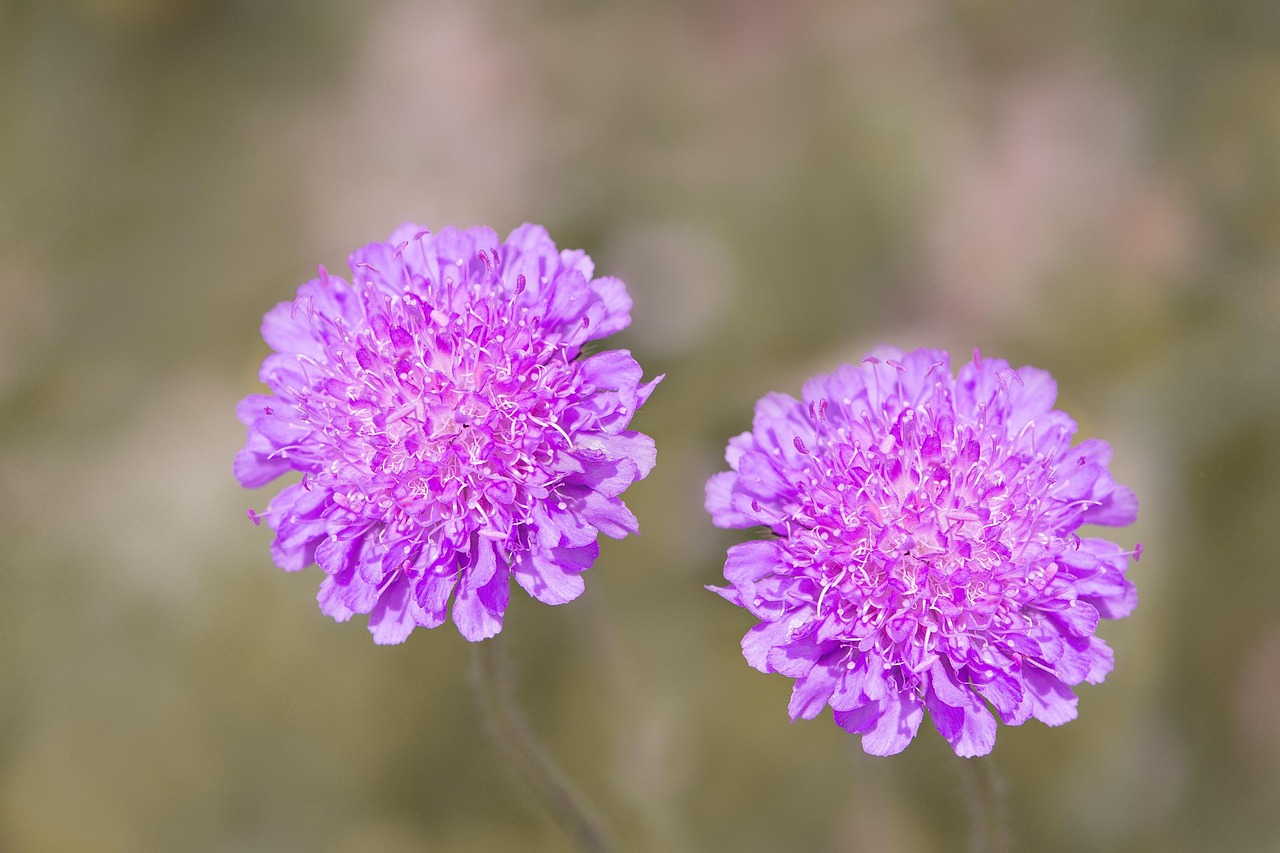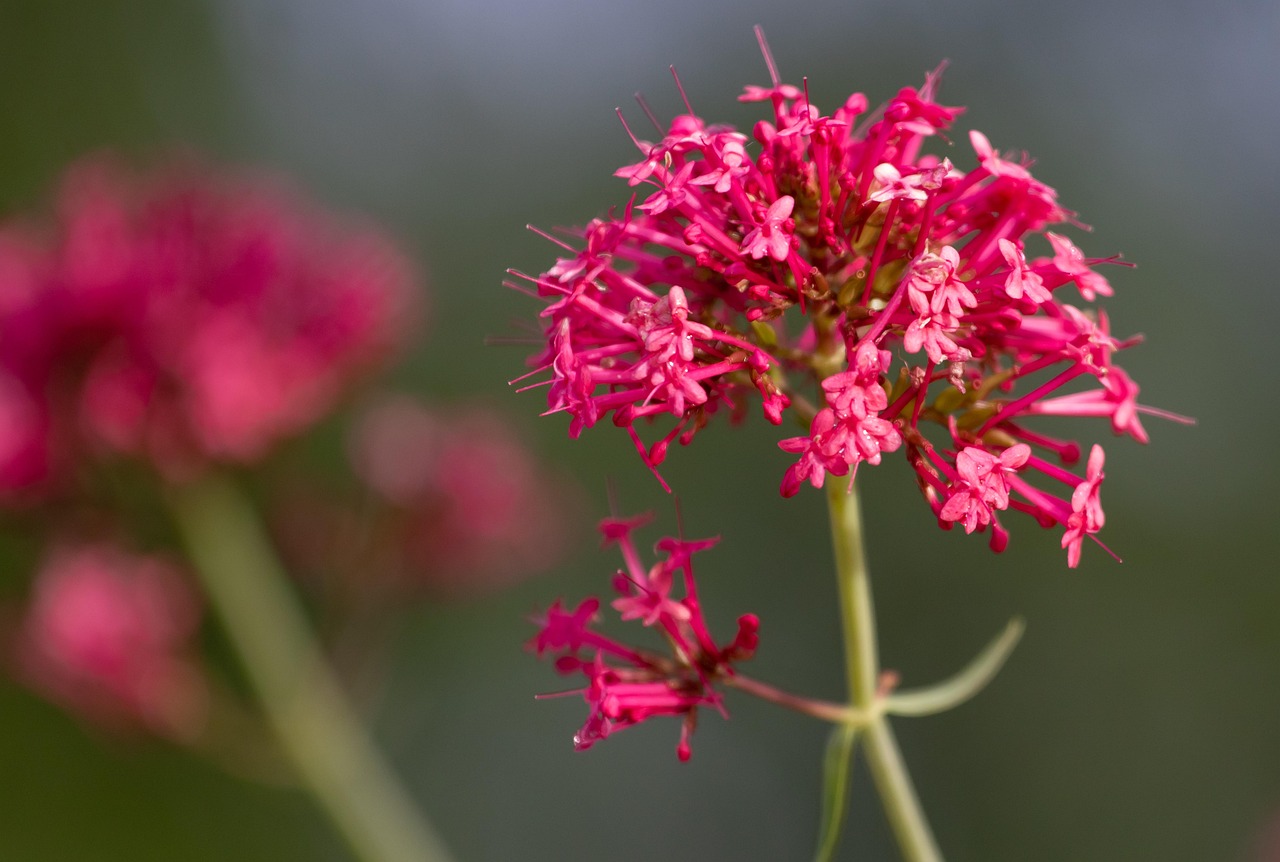Knautia | Features and Care

Knautia is a perennial plant that produces soft, rounded flowers, making it an excellent choice for natural gardens or wildflower-style landscapes. Its graceful appearance sways in the breeze, attracting various pollinators and enhancing harmony with nature.
This article explores Knautia’s characteristics, cultural significance, historical background, and care tips.
Basic Information
- Scientific Name: Knautia spp.
- Family: Caprifoliaceae (Honeysuckle family)
- Native Region: Europe, Western Asia
- Appearance: Slender stems bear rounded flowers in shades of red-purple, pink, violet-blue, and white. The delicate petals cluster together, forming a sphere-like bloom.
- Blooming Season: It flowers from early summer to autumn, offering long-lasting beauty.
Cultural Significance Around the World
Knautia is widely appreciated in Europe as a wildflower that thrives in meadows and pastures, contributing to natural landscapes. In the United Kingdom, it is an essential plant in wildflower gardens, known for attracting butterflies and bees.
In Germany and Switzerland, Knautia integrates seamlessly into the Alpine scenery, often cultivated in flower meadows and herb gardens. In Sweden and other Nordic countries, it plays a role in midsummer festivals and is traditionally woven into floral crowns.
In Eastern Europe, Knautia has been cherished for centuries as a symbol of nature’s simple beauty. Its presence in poetry and folk songs reflects its deep connection to rural landscapes.
Historical Background

Knautia is named after Christoph Knaut, a 17th-century German botanist who contributed to plant classification. His research highlighted the plant’s unique structure and characteristics, leading to its adoption as a recognized botanical species.
During the Middle Ages, Knautia was cultivated in monastery gardens alongside other flowers. Monks meticulously studied and documented plant traits, ensuring their preservation.
By the 19th century, British horticulturists refined Knautia through selective breeding, developing the diverse and beautiful varieties seen today. Its natural charm became highly valued in European gardens, where it was planted to create romantic, picturesque landscapes.
Gardening Tips
To grow Knautia successfully and enjoy its delicate flowers, follow these key care guidelines:
Sunlight
Prefers full sun but can tolerate partial shade. Flowering may decrease in low-light conditions.
Watering
Drought-tolerant but benefits from occasional watering when the soil surface becomes dry. Avoid overwatering.
Soil
Thrives in well-draining soil. Sandy or compost-enriched soil works best.
Fertilization
Minimal fertilization is required. If growth is slow, apply a small amount of slow-release fertilizer in spring and early summer.
Pruning
Regular deadheading encourages continuous blooming. Cutting back stems in autumn improves the next season’s growth.
Cold Resistance
Hardy and frost-resistant, it dies back in winter but regrows in spring. It can overwinter outdoors, even in colder climates.
Conclusion
Knautia has been admired for its natural beauty in European meadows and gardens for centuries. It plays a role in cultural traditions, from Alpine flower fields to midsummer celebrations in Scandinavia. Its history dates back to 17th-century botanist Christoph Knaut and medieval monastery gardens.
The plant’s charm and resilience make it a valuable addition to gardens, where its gentle movements in the wind create an enchanting atmosphere.




